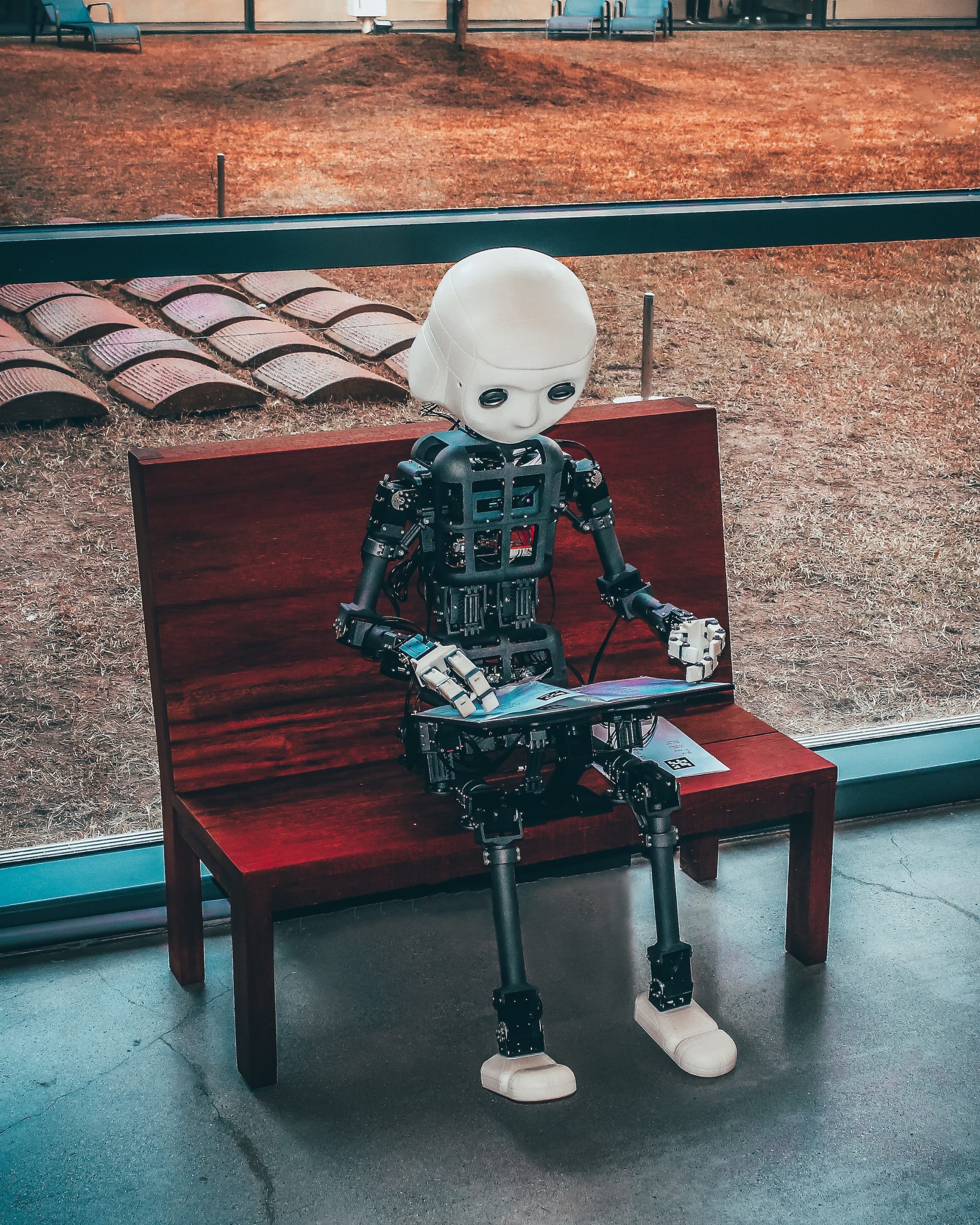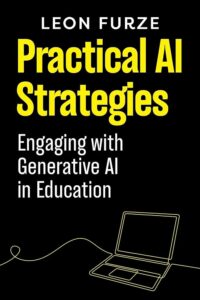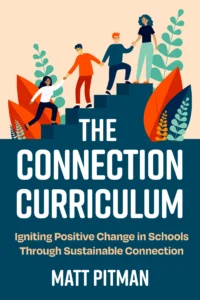In an era where artificial intelligence is becoming increasingly sophisticated, conversational sites like ChatGPT are revolutionizing the way we interact with technology. It’s not uncommon for users to develop a sense of familiarity and treat these AI-powered assistants as if they were human beings. So, why do we feel inclined to use polite language and engage in courteous conversation with ChatGPT? Will this trend of human-like interaction likely continue in the future?
The ability of ChatGPT to understand and respond to human language in a natural manner can create the illusion of conversing with a real person. The advanced language model developed by OpenAI, upon which ChatGPT is built, has been trained on vast amounts of text data, enabling it to generate contextually appropriate responses. The model’s ability to comprehend user queries and provide informative replies fosters a sense of human-like interaction, encouraging users to engage more politely.
Politeness is an inherent aspect of human communication, rooted in social norms and conventions. When conversing with ChatGPT, users instinctively apply these polite social behaviors. The use of phrases like “please” and “thank you” stems from the desire to be respectful and acknowledge the assistance received, even if it comes from a machine.
Several psychological factors contribute to users’ tendency to treat ChatGPT politely. The phenomenon of anthropomorphism, wherein humans ascribe human-like qualities to non-human entities, plays a significant role. As ChatGPT’s responses become more coherent and contextually accurate, users perceive it as more human-like, reinforcing their inclination to employ polite language. Additionally, the concept of reciprocity, a fundamental social principle, prompts users to express gratitude when they receive helpful responses from ChatGPT.
The trend of treating AI-powered conversational agents with politeness is likely to persist and even expand in the future. As advancements in natural language processing and machine learning continue, conversational agents will become increasingly adept at understanding nuances and context. This evolution will further blur the line between human and machine interaction. In turn, users will continue to refine their conversational etiquette, enhancing the overall experience of human-AI interactions.
While the politeness phenomenon surrounding ChatGPT is intriguing, it also raises ethical considerations. As users perceive these conversational agents as human-like, it becomes crucial to ensure transparency about their artificial nature. Developers and providers of AI systems must responsibly disclose the non-human identity of these agents to avoid potential misrepresentation or deceptive practices. OpenAI and other organizations are actively working on guidelines to address such ethical concerns, ensuring a clear understanding of the human-AI interface.
The fact that you find yourself instinctively using polite language and engaging in courteous conversation with ChatGPT is a testament to the advancements in AI technology. As AI continues to evolve, the illusion of human interaction will persist, and users will continue to interact with AI in a more polite and respectful manner. While this trend raises ethical considerations, it also highlights the potential for AI to create more engaging and human-like experiences in the future.
As we embrace the fascinating world of AI, it’s important to remember that behind the screen lies a sophisticated language model, constantly learning and adapting to provide us with valuable assistance. So, next time you engage with ChatGPT or any other AI-powered conversational agent, don’t hesitate to say “please” and “thank you” – it’s a testament to the incredible progress we’ve made in human-AI interaction.





